کتاب Language Testing and Assessment از جمله کتابهای معروفی است که در دانشگاههای کشور در دورههای مربوط به آزمونسازی مقاطع مختلف مورد استفاده قرار میگیرد. این کتاب به عنوان منبعی جامع برای همه علاقمندان به آموزش زبان انگلیسی قابل استفاده است. کتاب حاضر یکی از اجزای مجموعه کتابهای ROUTLEDGE APPLIED LINGUISTICS است که با بهترین کیفیت و بدون هرگونه نماد، نوشته و علامت اضافی در اختیار شما قرار میگیرد.
فهرست محتویات
SECTION A: INTRODUCTION
Unit A1 Introducing validity
A1.1 Introduction
A1.2 Three ‘types’ of validity in early theory
A1.3 Cutting the validity cake
Unit A2 Classroom assessment
A2.1 Introduction
A2.2 Pedagogy and the measurement paradigm
Unit A3 Constructs and models
A3.1 Introduction
A3.2 The nature of models
A3.3 Canale and Swain’s model of communicative competence
A3.4 Canale’s adaptations
A3.5 Bachman’s model of communicative language ability (CLA)
A3.6 Celce-Murcia, Dörnyei and Thurrell’s model of communicative competence
A3.7 Interactional competence
A3.8 From models to frameworks: validity models and performance conditions
Unit A4 Test specifications and designs
A4.1 Introduction
A4.2 Planning in test authoring
A4.3 Guiding language versus samples
A4.4 Congruence (or fit-to-spec)
A4.5 How do test questions originate? Reverse engineering and archetypes
A4.6 Reverse engineering
A4.7 Where do test items come from? What is the true genesis of a test question?
A4.8 Spec-driven test assembly, operation and maintenance
A4.9 Towards spec-driven theory
Unit A5 Writing items and tasks
A5.1 Introduction
A5.2 Evidence-centred design (ECD)
A5.3 Describing items and tasks
A5.4 Tasks and teaching
Unit A6Prototypes, prototyping and field tests
A6.1 Introduction
A6.2 Prototypes
A6.3 Prototyping
A6.4 Field testing
A6.5 The iterative nature of the process
Unit A7
Scoring language tests and assessments
A7.1 Introduction
A7.2 Defining the quality of language
A7.3 Developing scoring systems
A7.4 Intuition and data
A7.5 Problems with scales
A7.6 Scoring in classical test theory
A7.7 Reliability
A7.8 Score transformations
A7.9 Item response theory
A7.10 Endowing a score with special meaning
Unit A8Administration and training
A8.1 Introduction
A8.2 Getting things done
A8.3 Quality management systems
A8.4 Constraints
A8.5 Test administration within the ECD delivery model
A8.6 Rater and interlocutor training
A8.7 Security
A8.8 Test administration for disabled people
Unit A9Fairness, ethics and standards
A9.1 Introduction
A9.2 Professionalism as a community of practitioners
A9.3 Professionalism and democracy
A9.4 Consequentialism
A9.5 On power and pessimism
A9.6 Professional conduct: standards for practice
A9.7 Responsibilities of language testers and their limitations
A9.8 Accountability
Unit A10 Arguments and evidence in test validation and use
A10.1 Introduction
A10.2 Argumentation as solution
A10.3 The form of an argument
A10.4 Argument in evidence-centred design
A10.5 Arguments in language testing
A10.6 Arguments and feasibility
A10.7 Argument, evidence and ethics
SECTION B: EXTENSION
Unit B1 Construct validity
Cronbach, L. J. and Meehl, P. E. ‘Construct validity in psychological tests’
Unit B2 Pedagogic assessment
Moss, P. ‘Reconceptualizing validity for classroom assessment’
Unit B3 Investigating communicative competence
Canale, M. and Swain, M. ‘Theoretical bases of communicative approaches to second language teaching and testing’
Unit B4 Optimal specification design
Davidson, F. and Lynch, B. K. Testcraft: A Teacher’s Guide to Writing and Using Language Test Specifications
Unit B5 Washback
Alderson, J. C. and Wall, D. ‘Does washback exist?’
Unit B6 Researching prototype tasks
Cumming, A., Grant, L., Mulcahy-Ernt, P. and Powers, D. A Teacher- Verification Study of Speaking and Writing Prototype Tasks for a New TOEFL
Unit B7 Scoring performance tests
Hamp-Lyons, L. ‘Scoring procedures for ESL contexts’
Unit B8 Interlocutor training and behaviour
Brown, A. ‘Interviewer variation and the co-construction of speaking proficiency’
Unit B9 Ethics and professionalism
Davies, A. ‘Demands of being professional in language testing’
Unit B10 Validity as argument
Kane, M. T. (1992). ‘An argument-based approach to validity’
SECTION C: EXPLORATION
Unit C1 Validity – an exploration
Unit C2 Assessment in school systems
Unit C3 What do items really test?
Unit C4 Evolution in action
Unit C5 To see a test in a grain of sand . . .
Unit C6 Analysing items and tasks
Unit C7 Designing an alternative matrix
Unit C8 Administration and alignment
Unit C9 In a time far, far away . . .
Unit C10 To boldly go

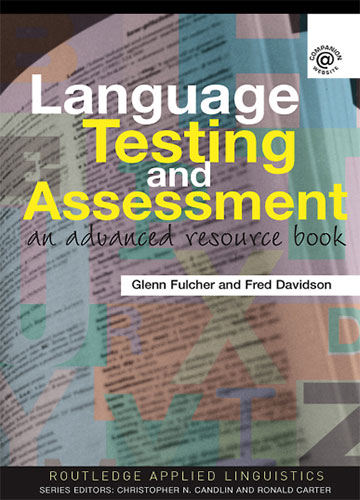
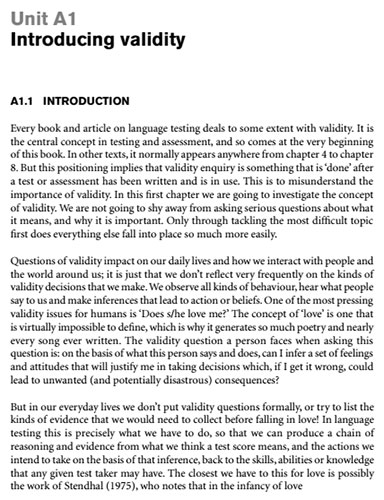
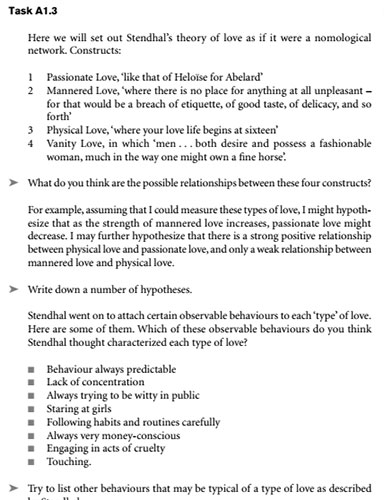
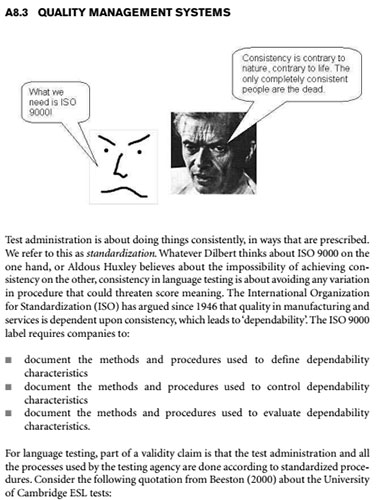
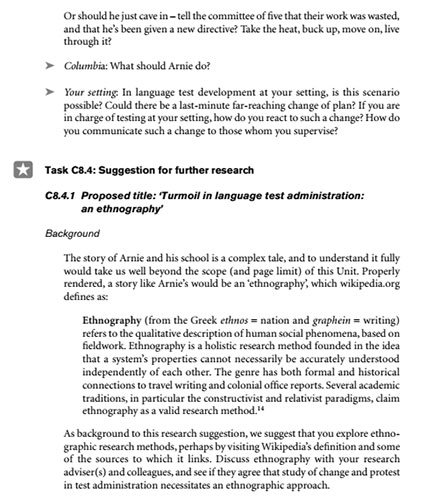
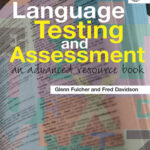
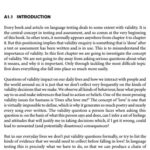
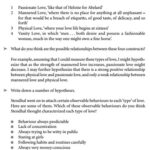
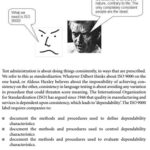
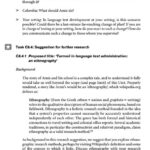



 زبانتیک
زبانتیک

نقد و بررسیها
هیچ دیدگاهی برای این محصول نوشته نشده است.